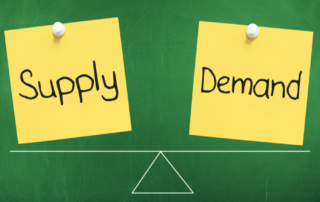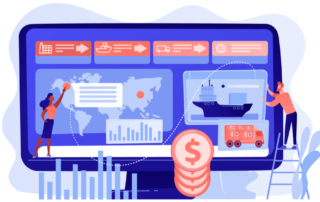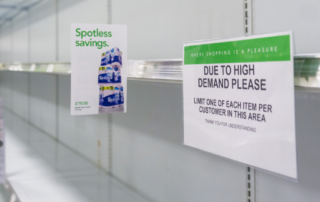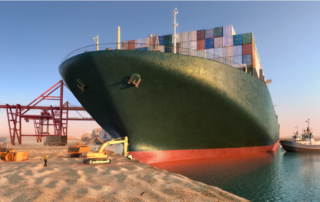What is Happening to Our Supply Chains?
Everyone is talking about supply chains these days. Ever worsening weather, a global pandemic, and a labor shortage have generated a perfect storm that has pushed global supply chains to their breaking point. I propose that the problem has been building for some time and this perfect storm may just be the reset we need.









